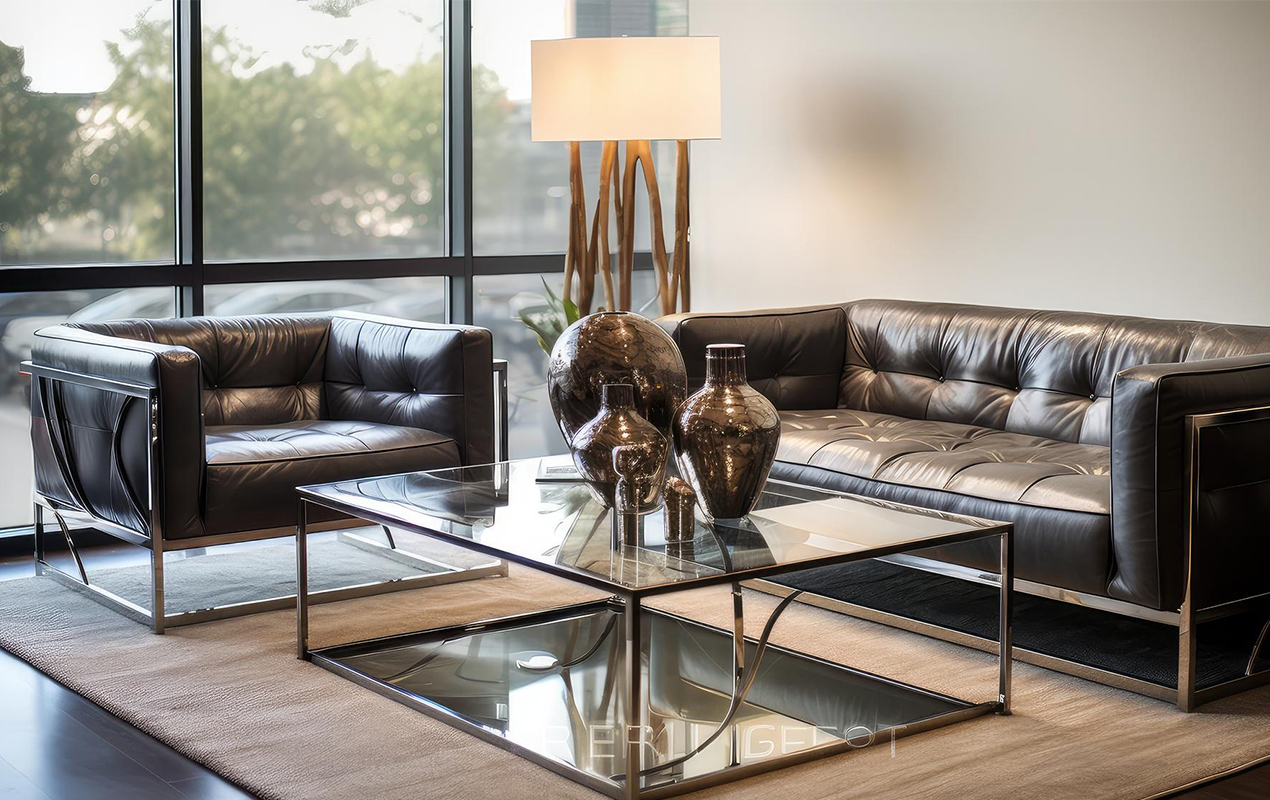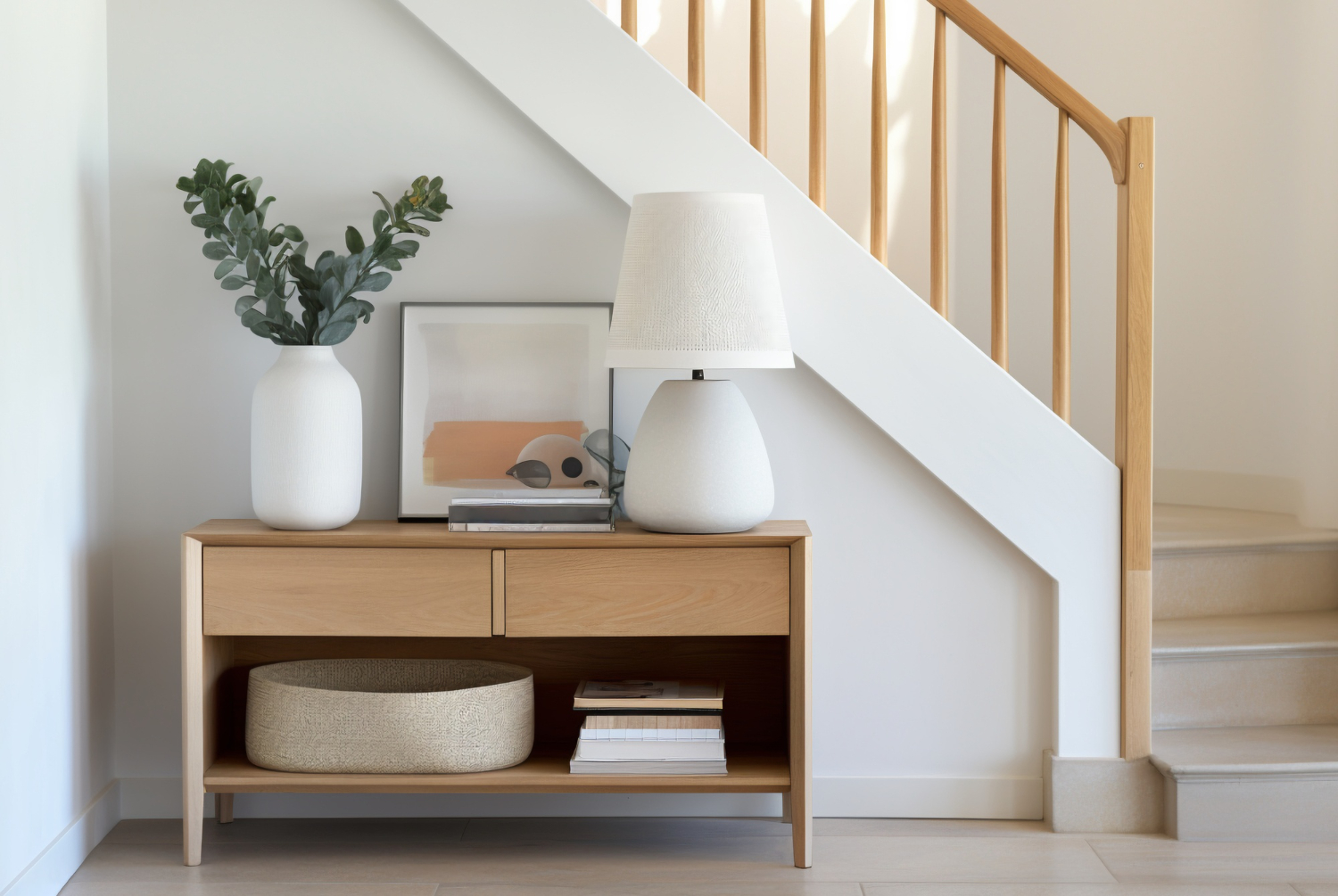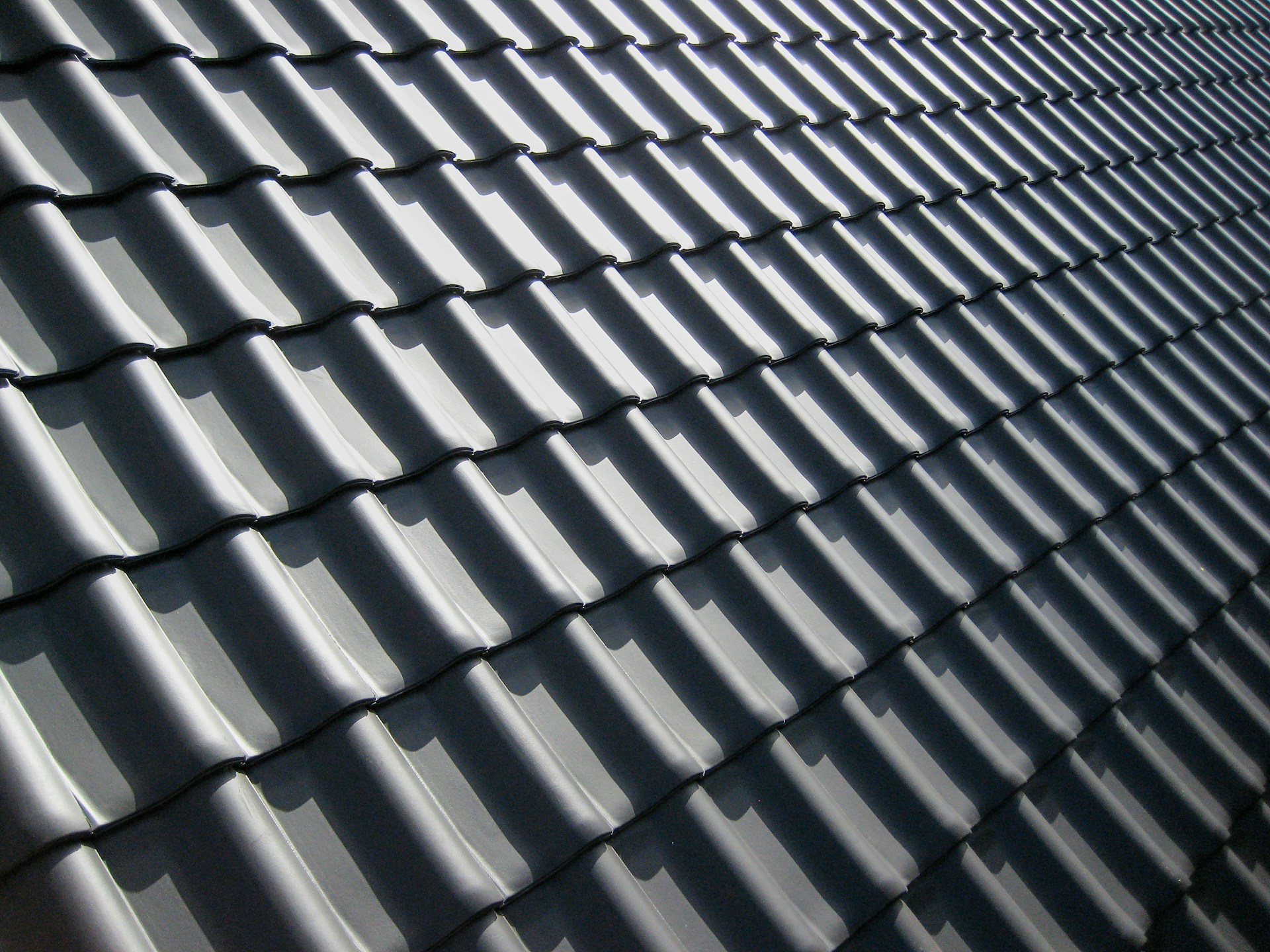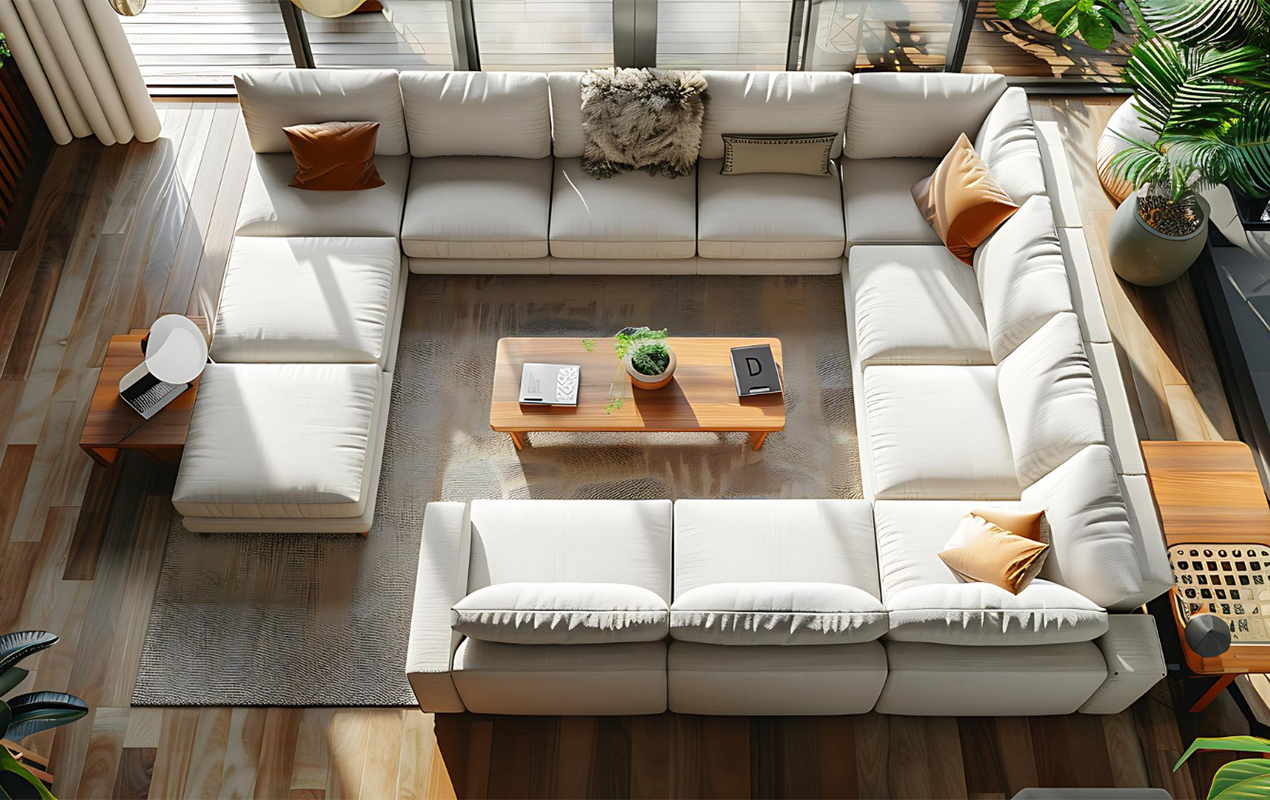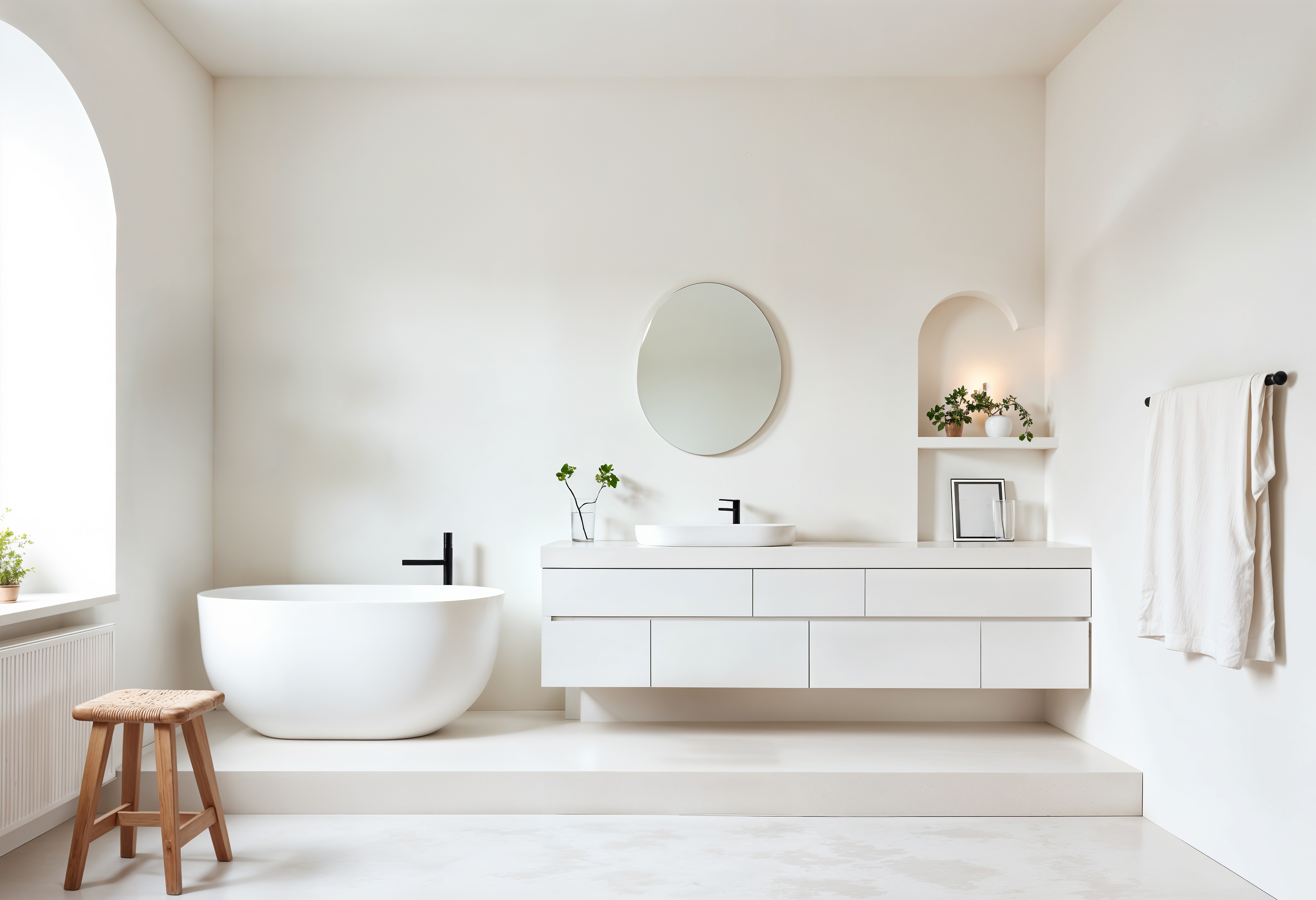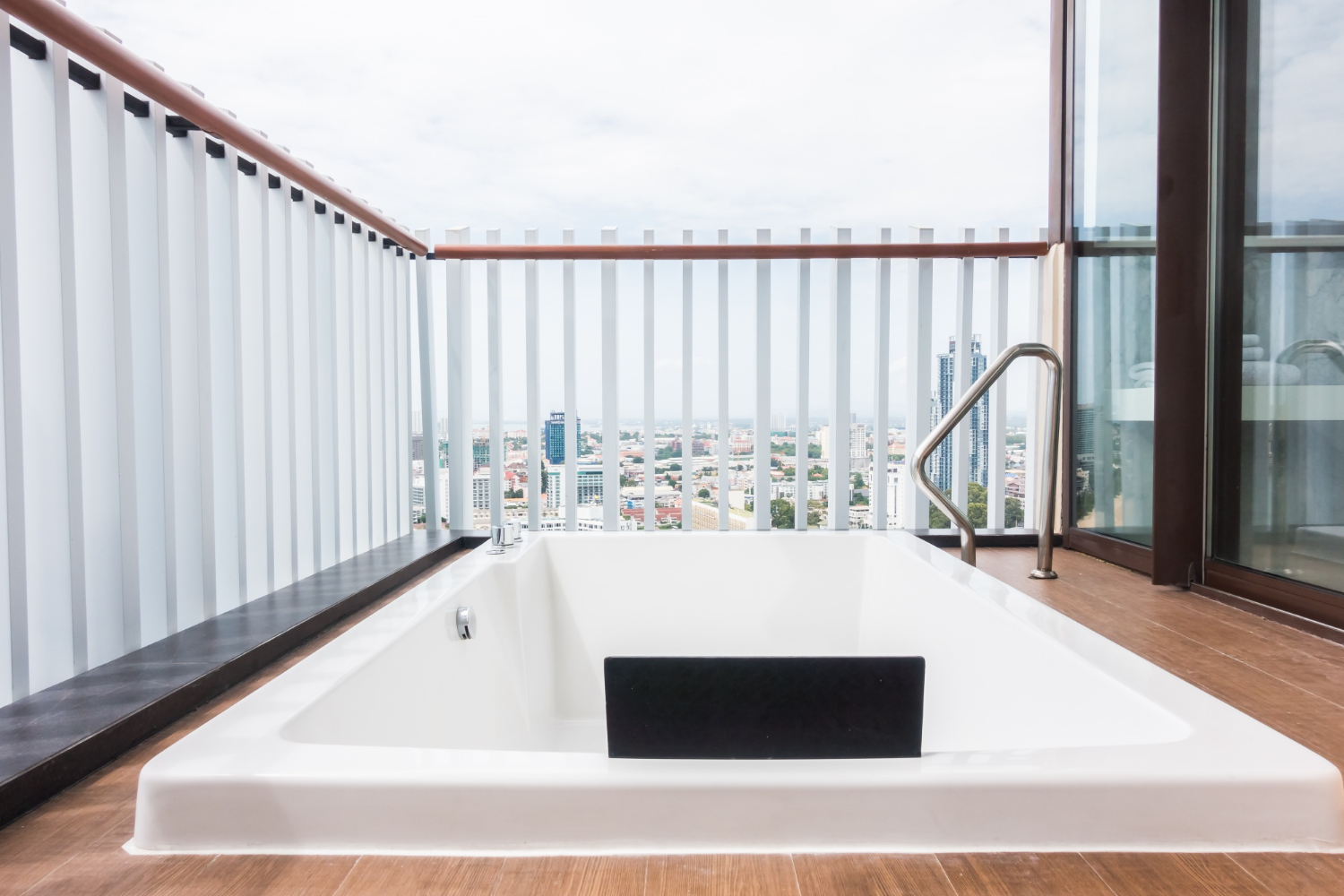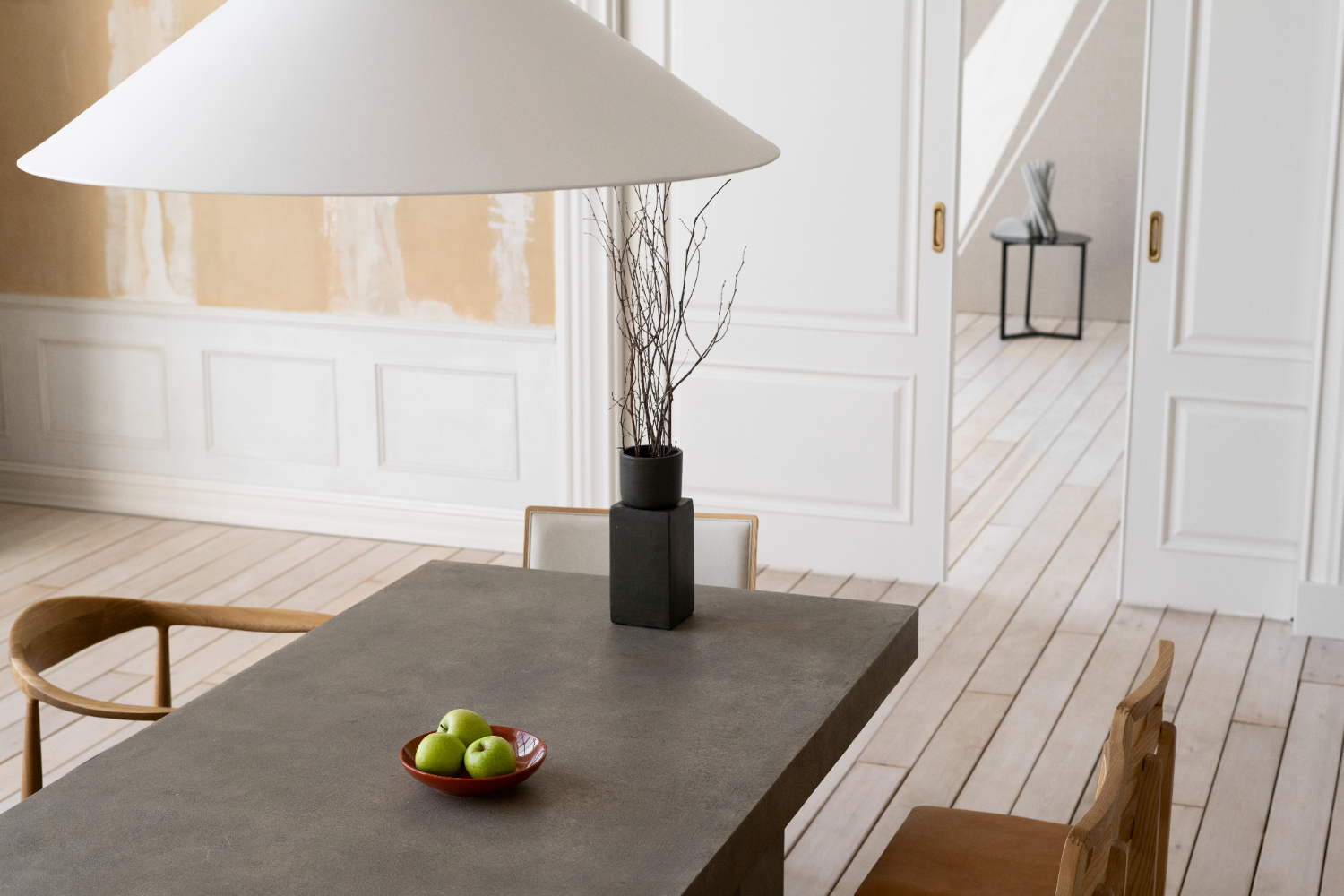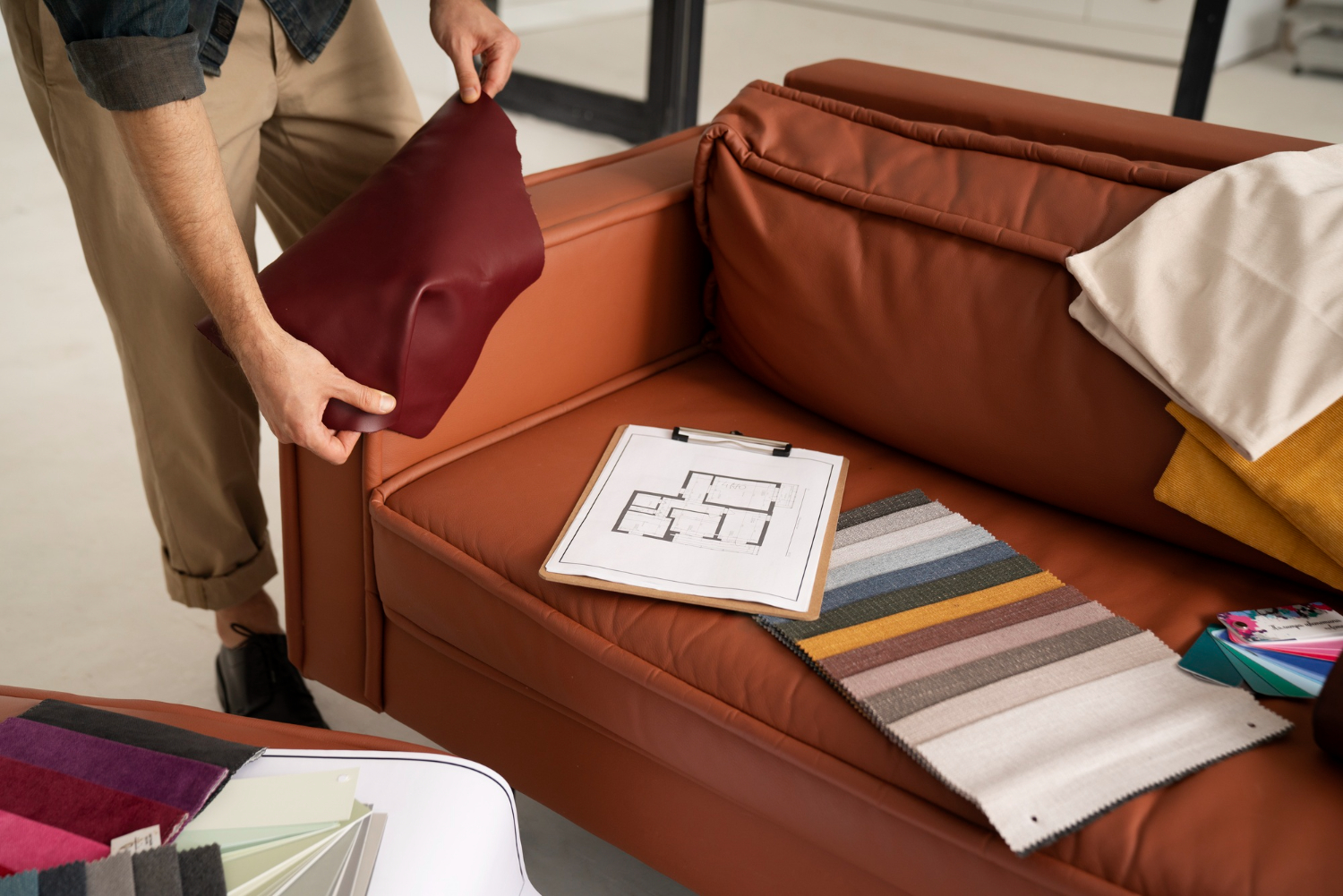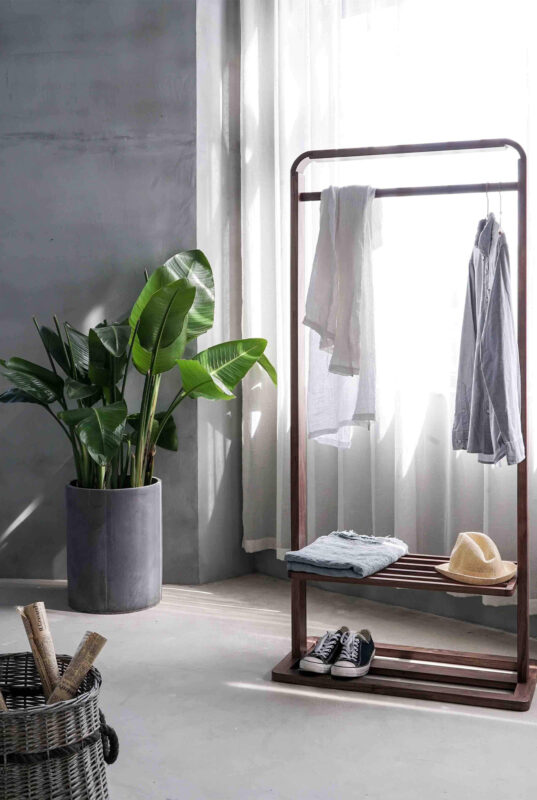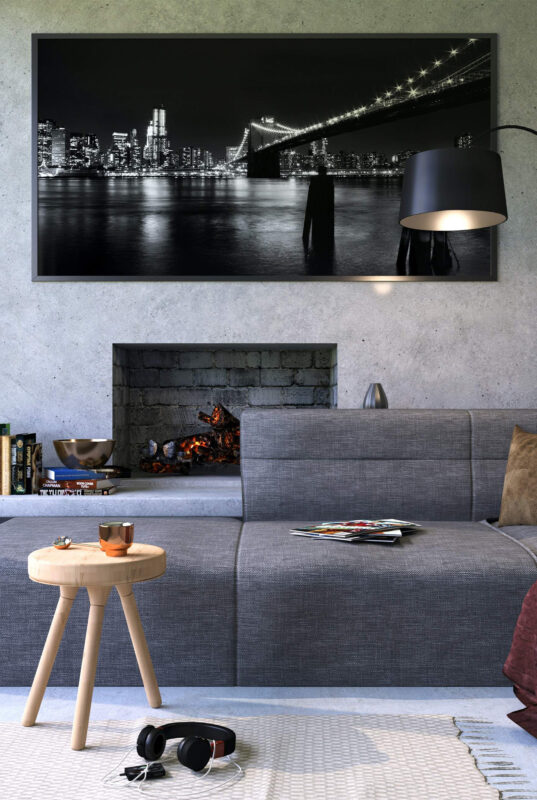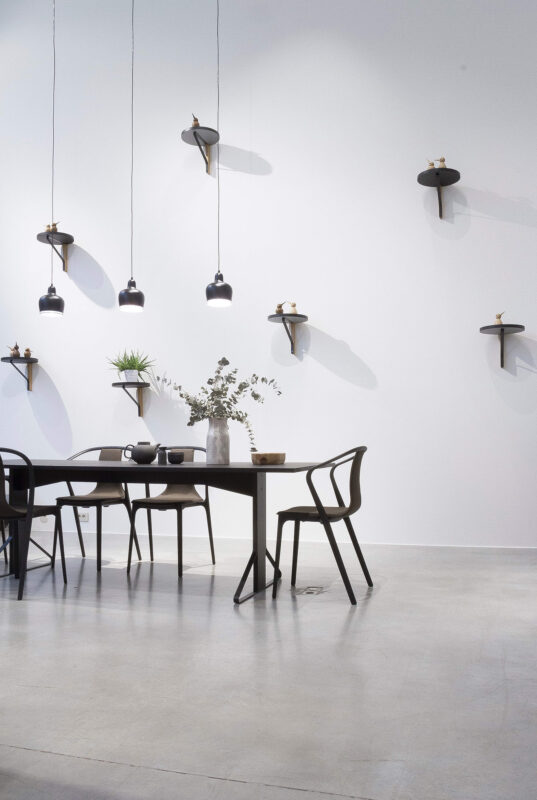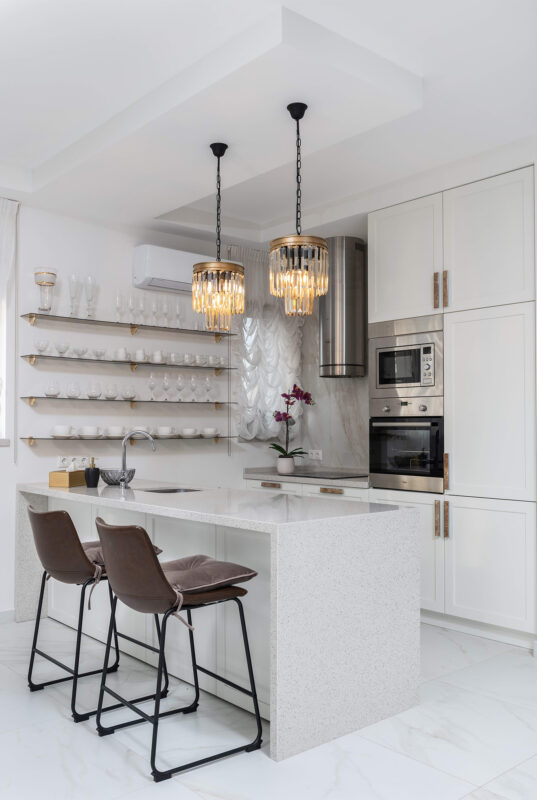Blog
Smart Fencing for Modern Homes: Should You Choose Portable or Permanent Electric Fencing?
As Australian homeowners increasingly invest in expanding and securing their outdoor spaces, choosing the right fencing solution becomes more important than ever. Whether you’re safeguarding pets, protecting garden zones, or establishing clear property boundaries, electric fencing offers a discreet, effective, and modern approach to perimeter control.
But one question often arises: should you choose a portable electric fence or a permanent one?
The answer depends on how you use your outdoor space, your design preferences, and your long-term property goals. Portable systems offer unmatched flexibility for temporary setups, while permanent solutions are ideal for long-term durability and seamless integration into your landscape.
This guide explores both options to help you choose the best electric fence setup for your home.
Elevating Home Perimeters with Purpose
Electric fencing has evolved far beyond its traditional agricultural roots. For homeowners, it now serves as a smart boundary solution—subtle, effective, and often more affordable than building conventional barriers. Whether you own a semi-rural property, a large backyard, or simply want to protect certain zones, electric fences can blend form and function without overwhelming your landscape.
From keeping pets safely enclosed to protecting vegetable gardens from wildlife, the applications are diverse. And with innovations in fencing materials and installation, modern systems are easier than ever to install, maintain, and customize.
Key Takeaways
-
Portable and permanent electric fences each serve different needs in modern residential settings.
-
Your choice should align with your lifestyle, landscape, and long-term home goals.
-
Both options can be implemented with discreet, design-conscious materials that preserve the aesthetic flow of your outdoor space.
Comparing Portable and Permanent Electric Fencing
In Australia, electric fencing systems for residential use now come in two distinct types: portable and permanent. Understanding how they differ helps you select the best fit for your home’s unique needs.
Portable Electric Fencing: Adaptable and Temporary
Portable electric fences are ideal for dynamic outdoor spaces. These systems use lightweight materials like poly wire, braided tape, or flexible mesh, all designed for quick setup and relocation.
Best For:
-
Sectioning off areas during renovations or landscaping
-
Seasonal garden protection
-
Temporary pet zones or play areas
-
Homes with changing outdoor layouts
Advantages:
-
Quick to assemble (often requires only basic tools and a single person)
-
Easy to store or relocate as needed
-
Lower upfront costs compared to permanent fencing
-
Minimal visual impact on landscaped areas
Things to Consider:
-
May be less robust in extreme weather conditions
-
Components like step-in posts or flexible lines can shift or degrade over time
-
Requires more frequent checks and occasional replacements
For homeowners who prefer a modular, non-invasive fencing solution that adapts with seasonal needs, portable fencing delivers both freedom and functionality.
Permanent Electric Fencing: Built-In Security with Minimal Fuss
Permanent electric fences, on the other hand, are ideal for homeowners seeking long-term reliability with a seamless look. These systems use stronger materials—such as high-tensile wire, treated timber, or steel posts—and are anchored deeply for maximum durability.
Best For:
-
Large properties or estates with clear boundary needs
-
Perimeter security around gardens, pools, or lifestyle blocks
-
Pet containment over long distances
-
Homes in areas with harsh climate or wildlife exposure
Advantages:
-
Extremely durable and weather-resistant
-
Lower maintenance over time
-
Designed to integrate subtly into landscaping or hardscape elements
-
Adds property value by defining space securely and cleanly
Things to Consider:
-
Higher initial investment
-
More labour-intensive installation
-
Usually requires professional help for optimal tensioning and grounding
If you’re building your dream home, creating an entertainer’s garden, or simply want peace of mind with a set-it-and-forget-it fencing solution, permanent electric fences offer elegant strength.
Design and Material Differences That Matter
The primary design distinction lies in mobility versus longevity.
| Feature | Portable Fencing | Permanent Fencing |
|---|---|---|
| Materials | Poly wire, plastic posts, flexible tape | Steel wire, hardwood or metal posts |
| Setup Time | Minutes to hours | Days (depending on terrain and scope) |
| Installation Skill | DIY-friendly | Often requires professional support |
| Aesthetic Impact | Minimal, removable | Integrated, discreet, long-term |
| Weather Resistance | Moderate | High |
| Lifespan | Short to mid-term | 10–20+ years |
For those concerned about visual cohesion in the landscape, modern fencing materials can be color-matched or blended with garden edging, hedging, or timber screening to minimize visual disruption.
Installation and Maintenance: What to Expect
Portable Fencing:
Installation is usually tool-light and solo-friendly. Step-in posts push easily into soil, poly wires string between them, and basic solar chargers or battery packs keep the current flowing. If a line breaks, it’s easy to replace.
However, because these materials are lightweight, they’re more prone to being knocked over or displaced—especially in windy or stormy weather. A regular post-storm check is a smart routine.
Permanent Fencing:
Installation is more involved. Posts must be securely grounded, wires tensioned, and insulators correctly spaced. Depending on soil type, terrain, and scale, it can take a few days and may be best handled by fencing professionals.
But the payoff is minimal upkeep. Aside from routine checks for vegetation, debris, or weather damage, permanent systems often function reliably with little intervention.
Factors to Consider Before Choosing
When deciding between portable and permanent fencing, weigh the following:
Property Layout
-
Smaller or evolving yards: go portable for easy reconfiguration.
-
Large or clearly zoned lots: permanent fencing defines edges cleanly and safely.
Landscape and Terrain
-
Steep, rocky, or wooded areas are easier to navigate with portable systems.
-
Flat, structured lawns or gardens are ideal for installing permanent fencing that blends in with pathways or garden beds.
Cost vs. Value
-
Portable fencing: low entry cost but may require more frequent repairs or upgrades.
-
Permanent fencing: higher initial spend, but better long-term value and resilience—especially if integrated into broader landscaping work.
Flexibility Needs
-
Do you plan to rotate zones, rearrange your garden layout, or expand outdoor features?
-
Or are you locking in a forever layout?
Being clear about your lifestyle priorities will help avoid buyer’s remorse.
Conclusion: Form Meets Function in Smart Fencing Design
Electric fencing can be an elegant, practical, and design-conscious solution for today’s homes—especially in Australia, where outdoor living is a major part of life.
-
Portable electric fences shine when you need flexibility, temporary setups, or low-impact boundaries.
-
Permanent systems offer enduring strength, seamless integration, and long-term peace of mind—ideal for families investing in their property’s future.
Whether you’re protecting a beloved garden, ensuring pet safety, or simply defining your outdoor space with style, the right fencing system balances purpose, aesthetics, and ease of use.

